Conference Schedule
(Click the image below to download the PDF version)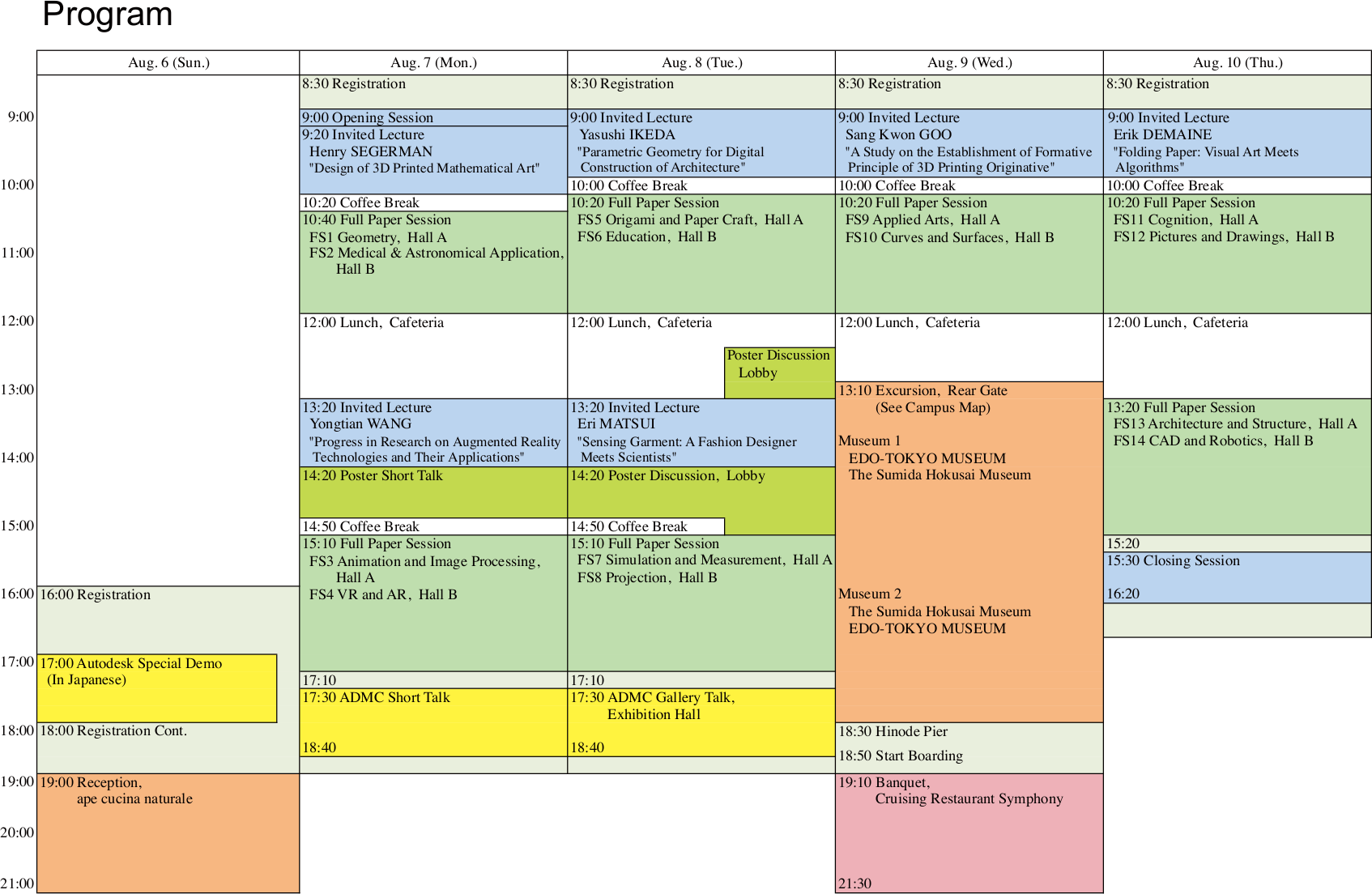
Conference Program
| Detailed Program (pdf) |
Invited Lecturers
|
Erik Demaine (USA) Title: Folding Paper: Visual Art Meets Algorithms ABSTRACT: I like to blur the lines between art and mathematics, by freely moving from designing sculpture to proving theorems and back again. Paper folding is a great setting for this approach, as it mixes a rich geometric structure with a beautiful art form. Mathematically, we are continually developing algorithms to fold paper into any shape you desire; with Tomohiro Tachi, our new Origamizer algorithm enables efficient watertight folding of any polyhedral surface, such as the classic Stanford bunny or Utah teapot. Sculpturally, we have been exploring curved creases, which remain poorly understood mathematically, but have potential applications in robotics, deployable structures, manufacturing, and self-assembly. By integrating science and art, we constantly find new inspirations, problems, and ideas: proving that sculptures do or don't exist, or illustrating mathematical beauty through physical beauty. Collaboration, particularly with my father Martin Demaine, has been a powerful way for us to bridge these fields. Lately we are exploring how folding changes with other materials, such as hot glass, opening a new approach to glass blowing, and finding new ways for paper and glass to interact. 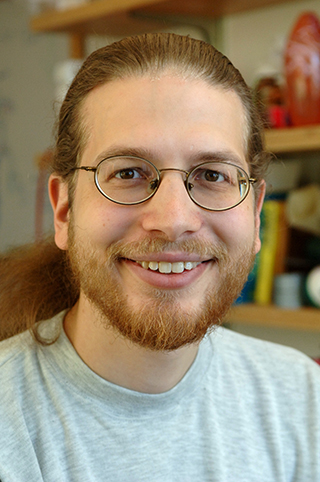 Erik Demaine is a professor in Computer Science at the Massachusetts Institute of Technology. Erik Demaine is a professor in Computer Science at the Massachusetts Institute of Technology.Demaine's research interests range throughout algorithms, from data structures for improving web searches to the geometry of understanding how proteins fold to the computational difficulty of playing games. He received a MacArthur Fellowship (2003) as a "computational geometer tackling and solving difficult problems related to folding and bending-moving readily between the theoretical and the playful, with a keen eye to revealing the former in the latter". Erik cowrote a book about the theory of folding, together with Joseph O'Rourke (Geometric Folding Algorithms, 2007), and a book about the computational complexity of games, together with Robert Hearn (Games, Puzzles, and Computation, 2009). Together with his father Martin, his interests span the connections between mathematics and art, including curved origami sculptures in the permanent collections of the Museum of Modern Art in New York, and the Renwick Gallery in the Smithsonian. http://erikdemaine.org/ |
| Sang Kwon Goo (Korea) Title: A Study on the Establishment of Formative Principle of 3D Printing Originative ABSTRACT: Based on the experience of introducing the teaching method of mathematics and science using the formula in 3D CG education of design major, I tried to introduce this same method in 3D printing as well. First of all, I wanted to identify the advantages and disadvantages inherent in 3D printing and found concrete ways to maximize the advantages and minimize the disadvantages. In this way, various shapes and structures were developed and applied to the design of the product for 3D printing, confirming its effectiveness. Until now, it has been well predicted and applied to many products. By discovering and incorporating more of the unique features of 3D printing, I will contribute to establishing the formative principles of 3D printing by making it more comprehensive and sophisticated. 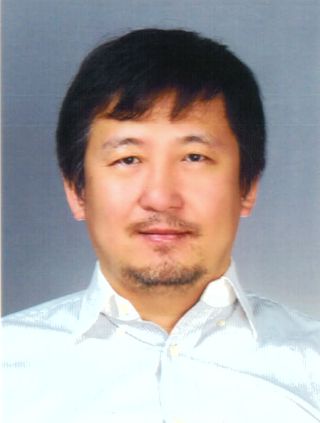 Sang Kwon Goo is a product designer, 3D CG designer and 3D printing expert. He became fascinated with 3D computer graphics while studying product design at Seoul National University. Afterwards, Goo further studied various 3D graphics and has applied his skills and knowledge to various fields such as automobile, product design, commercial film, game, broadcasting, etc. Especially, 3D modeling is his area of expertise and he is able to create high quality models. Also, Goo has been teaching students in universities with the plenty of field experiences. Based on the teaching experiences, he developed new 3D CG education methodologies adopted from mathematics and science education. Sang Kwon Goo is a product designer, 3D CG designer and 3D printing expert. He became fascinated with 3D computer graphics while studying product design at Seoul National University. Afterwards, Goo further studied various 3D graphics and has applied his skills and knowledge to various fields such as automobile, product design, commercial film, game, broadcasting, etc. Especially, 3D modeling is his area of expertise and he is able to create high quality models. Also, Goo has been teaching students in universities with the plenty of field experiences. Based on the teaching experiences, he developed new 3D CG education methodologies adopted from mathematics and science education.Currently, Goo serves as the CEO of FAB365 which provides 3D printing services including 3D design. He has been developing new design styles customized for additive manufacturing. In addition, he aims to establish a new infrastructure for a product designer using 3D printing technologies to earn an appropriate profit. http://www.goosangkwon.com/ |
| Yasushi Ikeda (Japan) Title: Parametric Geometry for Digital Construction of Architecture ABSTRACT: The Graphic science has been a major technique to comprehensively arrange physical status between engineering rationality and social efficiency in architecture. Nowadays, thanks to parametric geometry, new architectural technologies are expected to evolve by digital innovations. Japanese traditional architectural concept of "Metabolism” can revive with digital construction and parametric geometry. It has impact on modularity, adaptability, compatibility and transformability of architectural elements. This paper discuss about paradigm shift of Architectural design and technology in comparison between modern construction based on mass production and digital construction based on smart production. 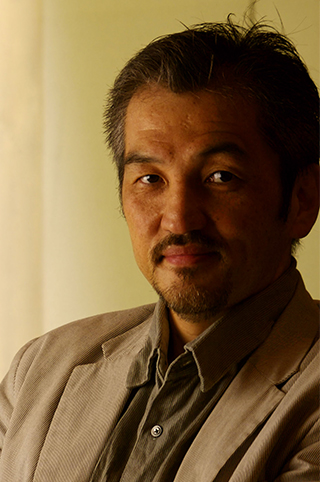 Architect, Professor of Architecture and Urban Design at Keio University. Born 1961 in Fukuoka, Japan. Architect, Professor of Architecture and Urban Design at Keio University. Born 1961 in Fukuoka, Japan.He graduated from the Department of Architecture University of Tokyo in 1985. After he completed the master in the Graduate School of Engineering, he joined Maki and Associates from 1987 to 1995. Then he left to establish the Yasushi Ikeda Design Studio (renamed IKDS in 2003). As practicing architectural design, he also had been teaching at Keio University and became professor of Graduate School of Media and Governance in 2008. He is known internationally by many research activities in the field of architecture applying information technologies and currently working on design approach with computational methodology applying to sustainable building. His recent design projects include Daheguan Guanshange Hot Spring Resort Hotel Dalian China (2013), Keio Co-Evolving House (2014), MRT Airport Line Taipei Main Station (2016) http://ikeda-lab.sfc.keio.ac.jp/ http://www.japan-architects.com/en/ik-ds/ |
| Eri Matsui (Japan) Title: Sensing Garment: A Fashion Designer Meets Scientists ABSTRACT: I have been making clothes by adopting mathematics and science in the design process. The purposes of this method of clothes-making are to create beautiful and innovative designs by drawing inspiration from abstractions in nature and to develop a new method of garment shaping. In collaboration with researchers in mathematics and science, I have created various shapes of clothes. I believe that the process and results of researchers’ search are creation by thinking. I was originally educated in the field of art, and I encountered the idea that thought and sensation (intuition), rather than being antagonistic to each other, contain each other in the field of art. Using this idea, I have developed the ability to design and style the clothes described below and lay the foundation for a new method of garment shaping and design.  Fashion Designer / Artist. Fashion Designer / Artist.Eri Matsui graduated from Musashino Art University, Junior College of Art and Design majoring in craft design. Since encountering clothing and fashion in 1986, Eri began creating garments as sculptures interweaving the womanʼ s body with fabric. She designs her wedding dress line under her EMarie brand. Since 1998 Eri has been drawn towards the world of science and mathematics and began collaborating with scientists and mathematicians focusing on the relationship between nature and humans as well as clothing and humans. She has presented her garments and modeling in various collections and continues to pursue the world of thoughts and senses. http://eri-matsui.com/ Eri Matsui on facebook |
| Henry Segerman (USA) Title: Design of 3D Printed Mathematical Art ABSTRACT: This presentation is in two parts. In the first part, I describe and compare various strategies for designing 3D printed models of topological objects – in particular one must assign geometry to these objects in order to print them. In the second part, I talk more generally about computational and design problems that have come up in my work.  http://www.segerman.org/ http://3dprintmath.com/ |
| Yongtian Wang (China) Title: Progress in Research on Augmented Reality Technologies and Their Applications ABSTRACT: Augmented reality technologies are now applied in many aspects of our daily life. Appropriate display devices and registration methods are the key factors for successful applications of augmented reality systems. Since the beginning of this century, several types of display systems have been developed at Beijing Institute of Technology, and some of them have been successfully employed in different augmented reality applications. In this paper, we give a brief introduction to the various display systems and their corresponding tracking approaches developed and realized at Beijing Institute of Technology for augmented reality applications, including interactive projection systems based on motion detection, a fixed-position viewing system and true 3D displays such as volumetric 3D display and dynamic holographic 3D display, with the emphasis placed on optical see-through near-eye displays which we believe have a great prospect in the future. 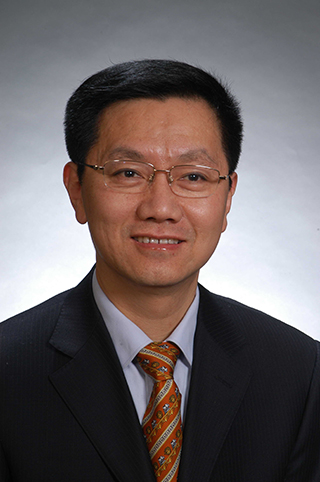 Yongtian Wang received his B.Sc. degree in precision instrumentation from Tianjin University, China, in 1982, and his Ph.D. degree in optics from the University of Reading, England, in 1986. He is currently a professor of optics and applied computer science in Beijing Institute of Technology (BIT), and a Chang Jiang Scholar appointed by the Chinese Ministry of Education. He serves as the head of BIT's Faculty of Information and Electronics Sciences, and the director of Beijing Engineering Research Center of Mixed Reality and Advanced Display. His research interests include optical design and CAD, 3D display, image processing, virtual reality (VR) and augmented reality (AR) technologies and applications. Dr. Wang is a Fellow of SPIE, OSA and IET, and a member of the board of directors of the Chinese Optics Society (COS), the China Computer Federation (CCF), and the China Society of Image and Graphics (CSIG). He is a member of the expert group on information technology for the Chinese Ministry of Science and Technology, and the leader of the working group on VR and AR standards of the National Information Technology Standardization Committee. Yongtian Wang received his B.Sc. degree in precision instrumentation from Tianjin University, China, in 1982, and his Ph.D. degree in optics from the University of Reading, England, in 1986. He is currently a professor of optics and applied computer science in Beijing Institute of Technology (BIT), and a Chang Jiang Scholar appointed by the Chinese Ministry of Education. He serves as the head of BIT's Faculty of Information and Electronics Sciences, and the director of Beijing Engineering Research Center of Mixed Reality and Advanced Display. His research interests include optical design and CAD, 3D display, image processing, virtual reality (VR) and augmented reality (AR) technologies and applications. Dr. Wang is a Fellow of SPIE, OSA and IET, and a member of the board of directors of the Chinese Optics Society (COS), the China Computer Federation (CCF), and the China Society of Image and Graphics (CSIG). He is a member of the expert group on information technology for the Chinese Ministry of Science and Technology, and the leader of the working group on VR and AR standards of the National Information Technology Standardization Committee. http://www.linkedin.com/in/yongtian-wang-8579a147 |